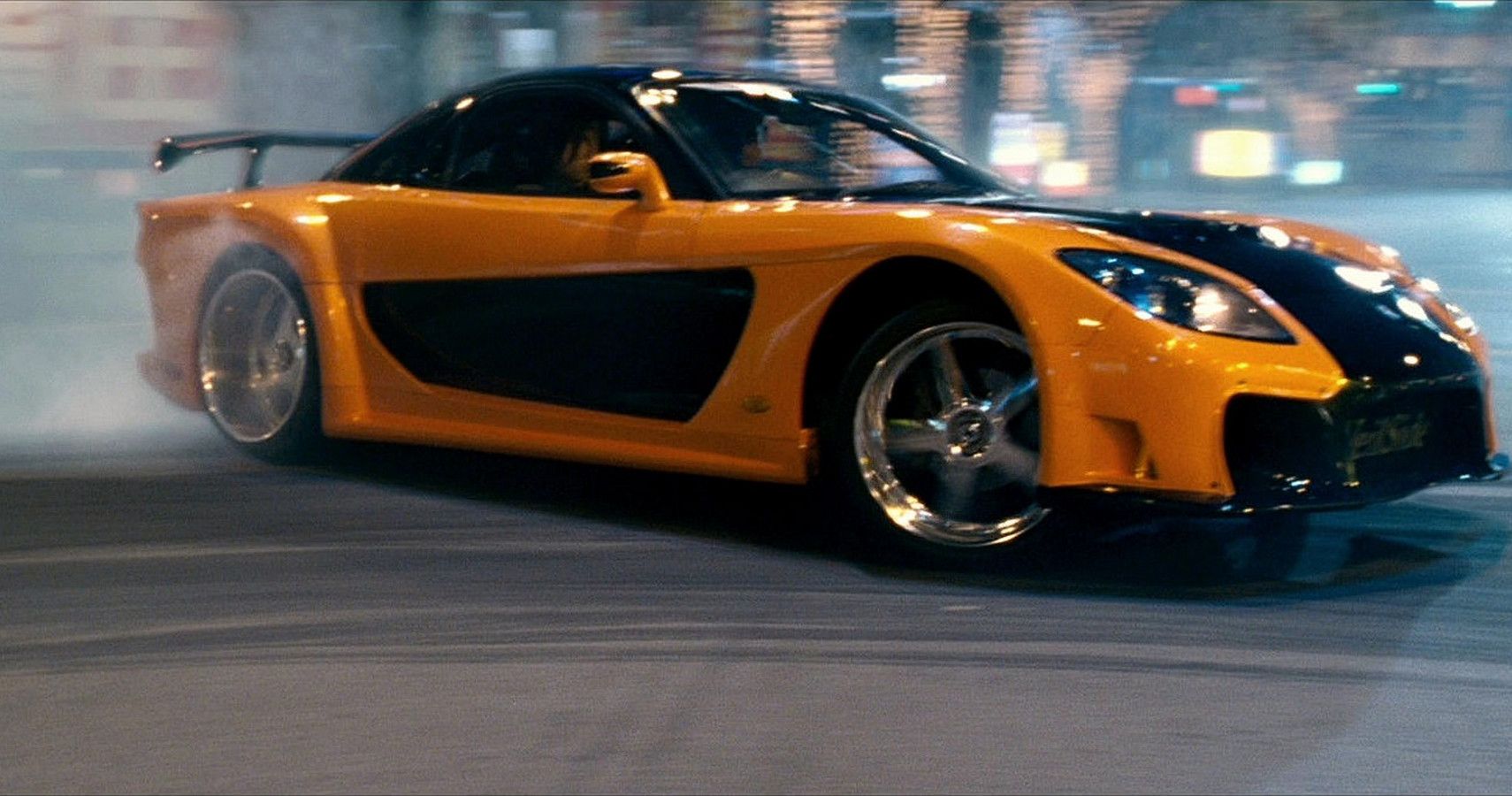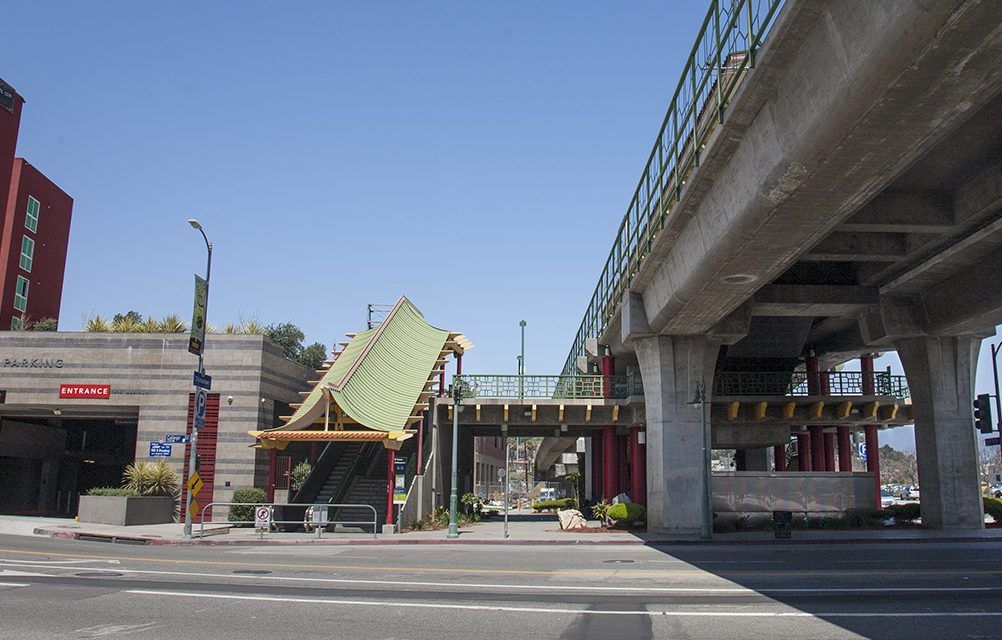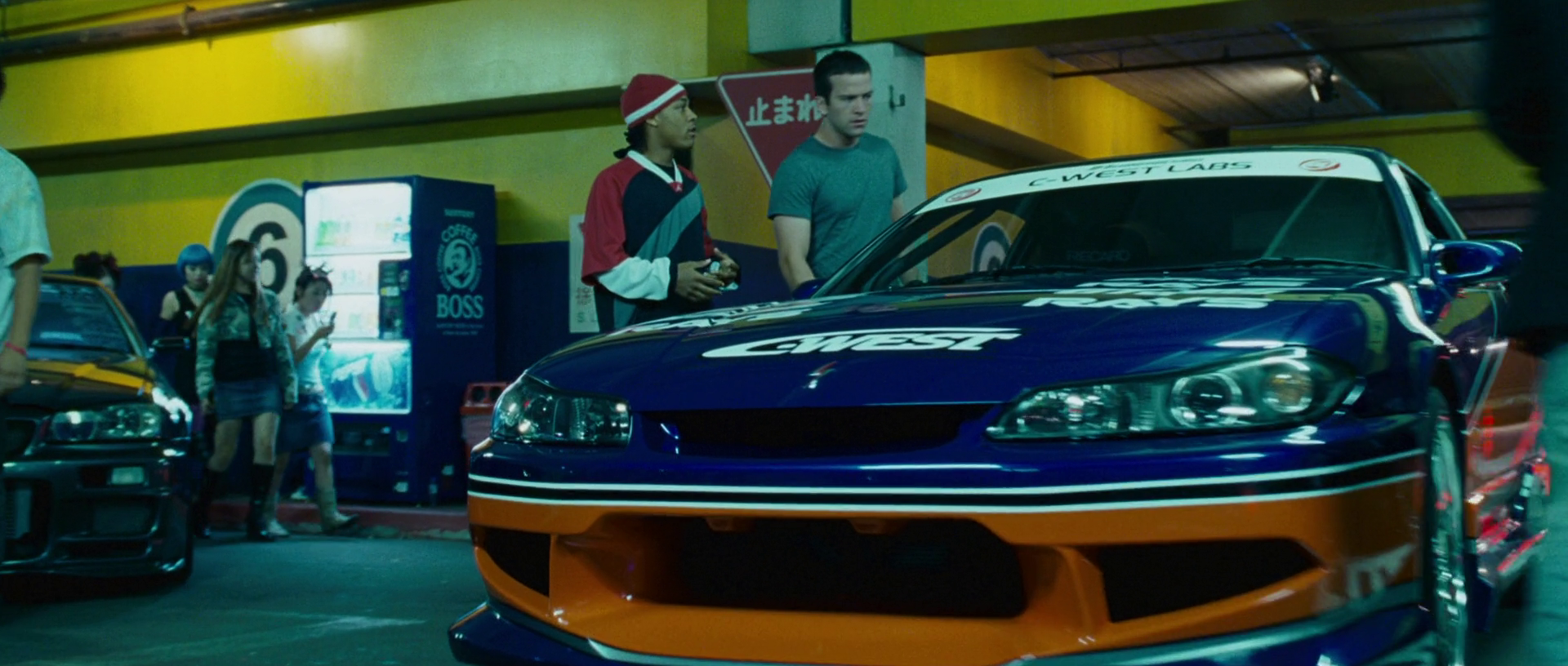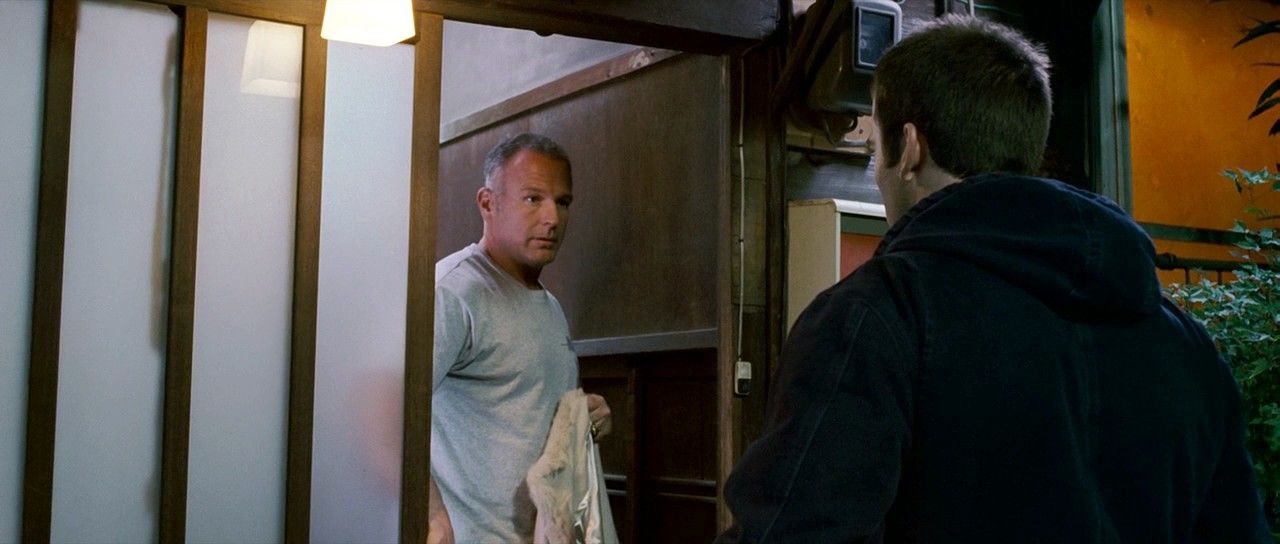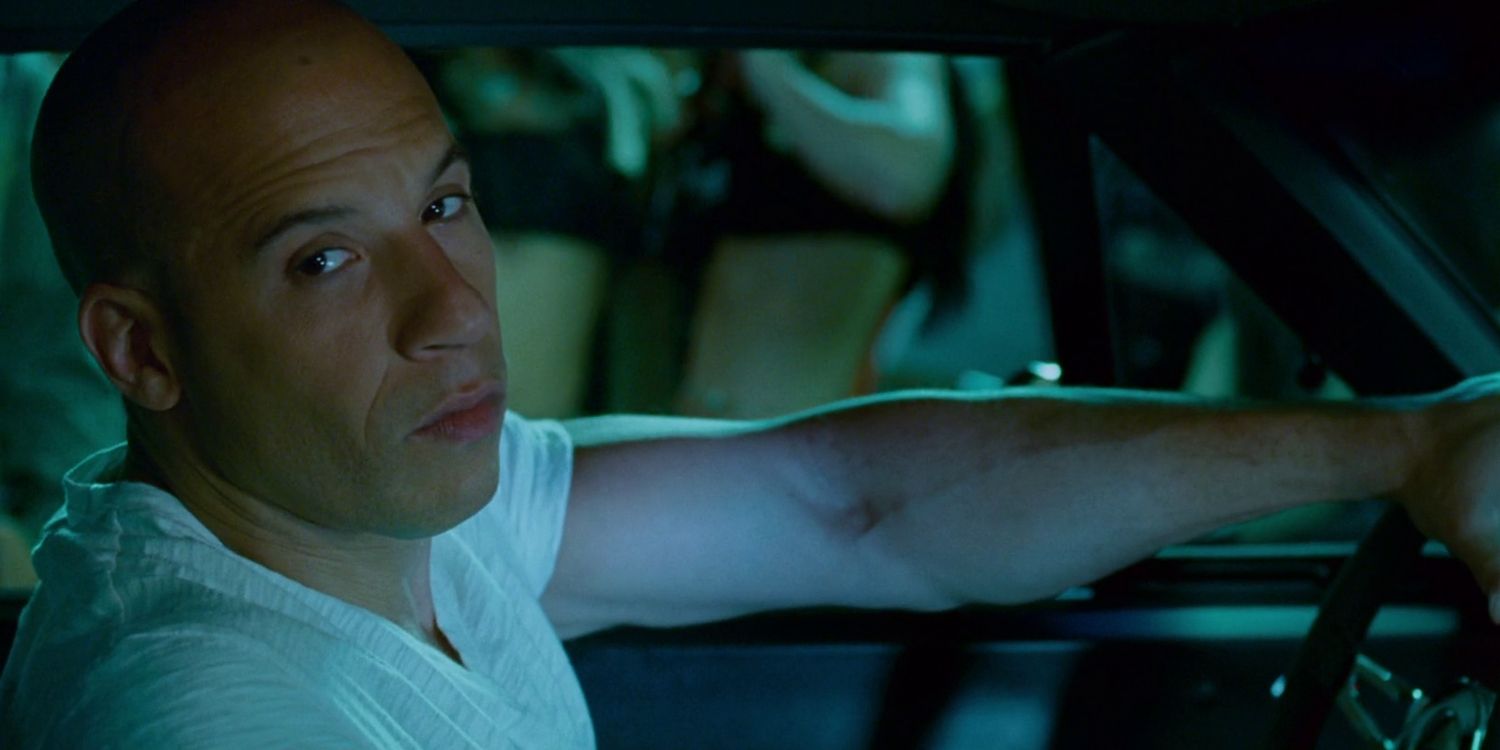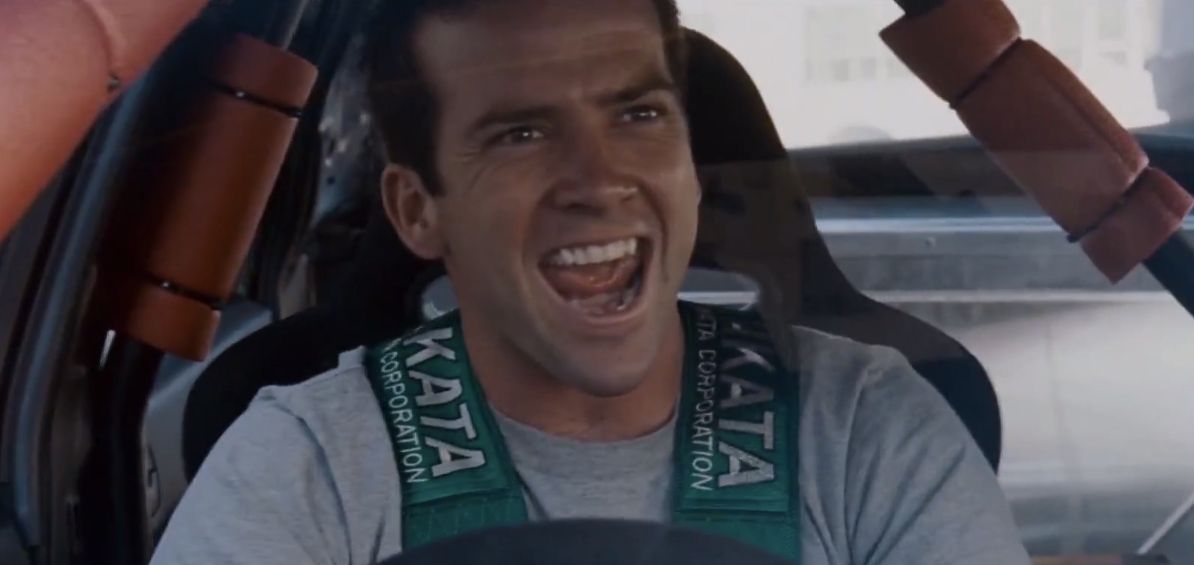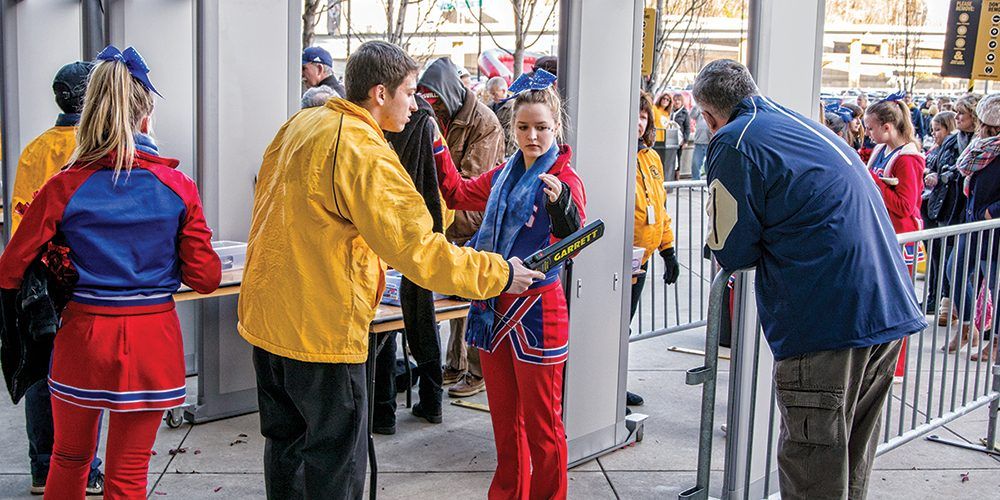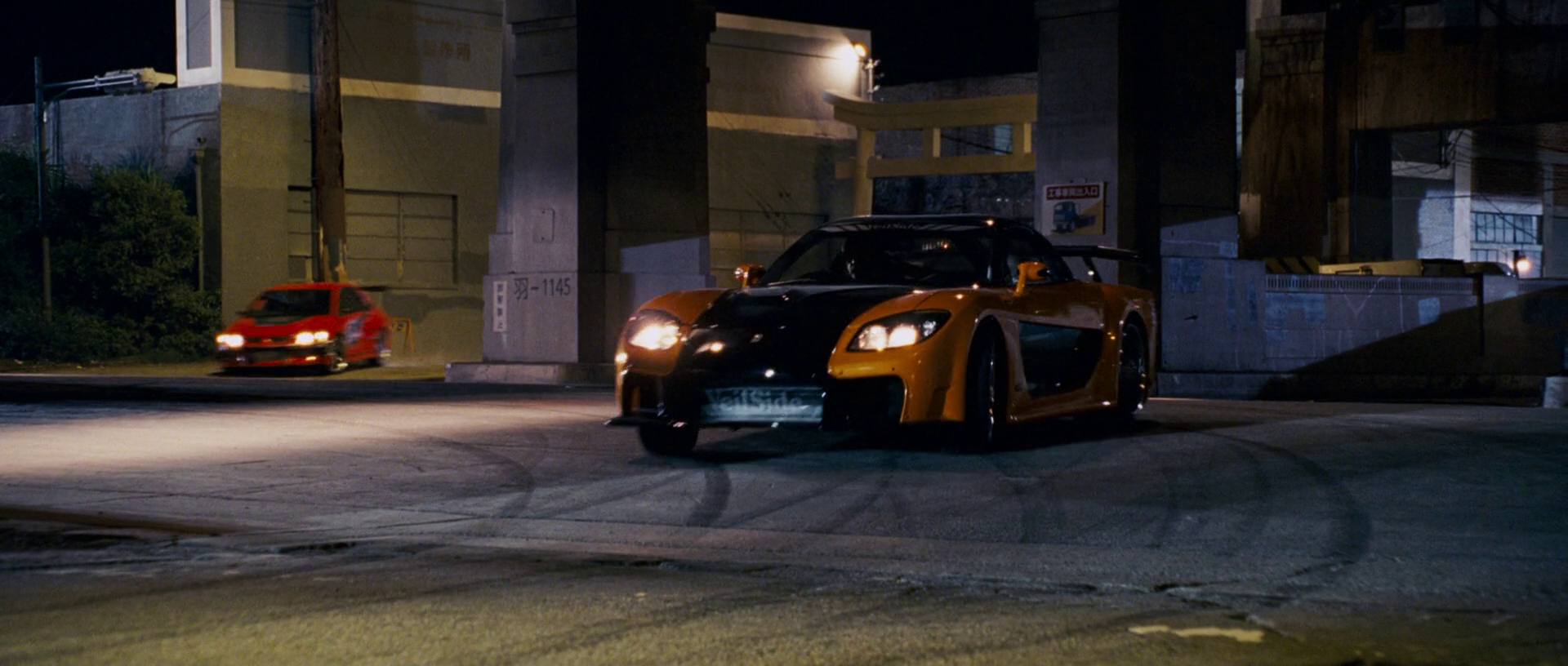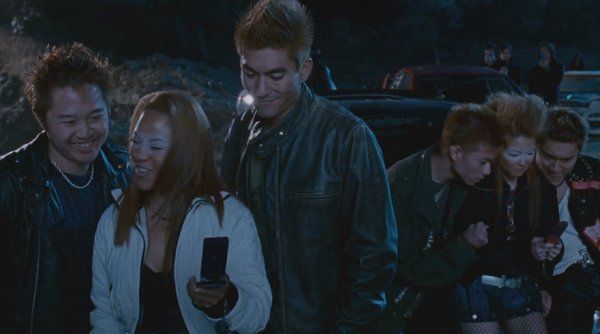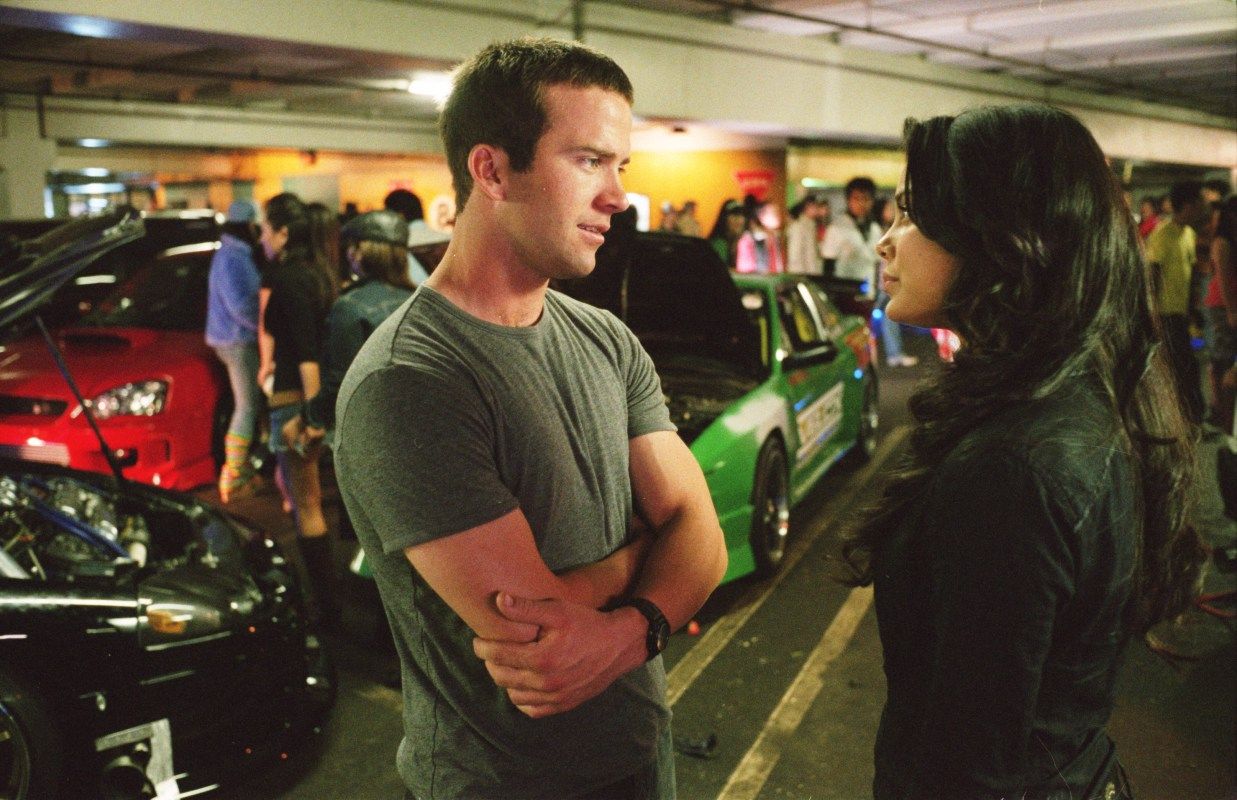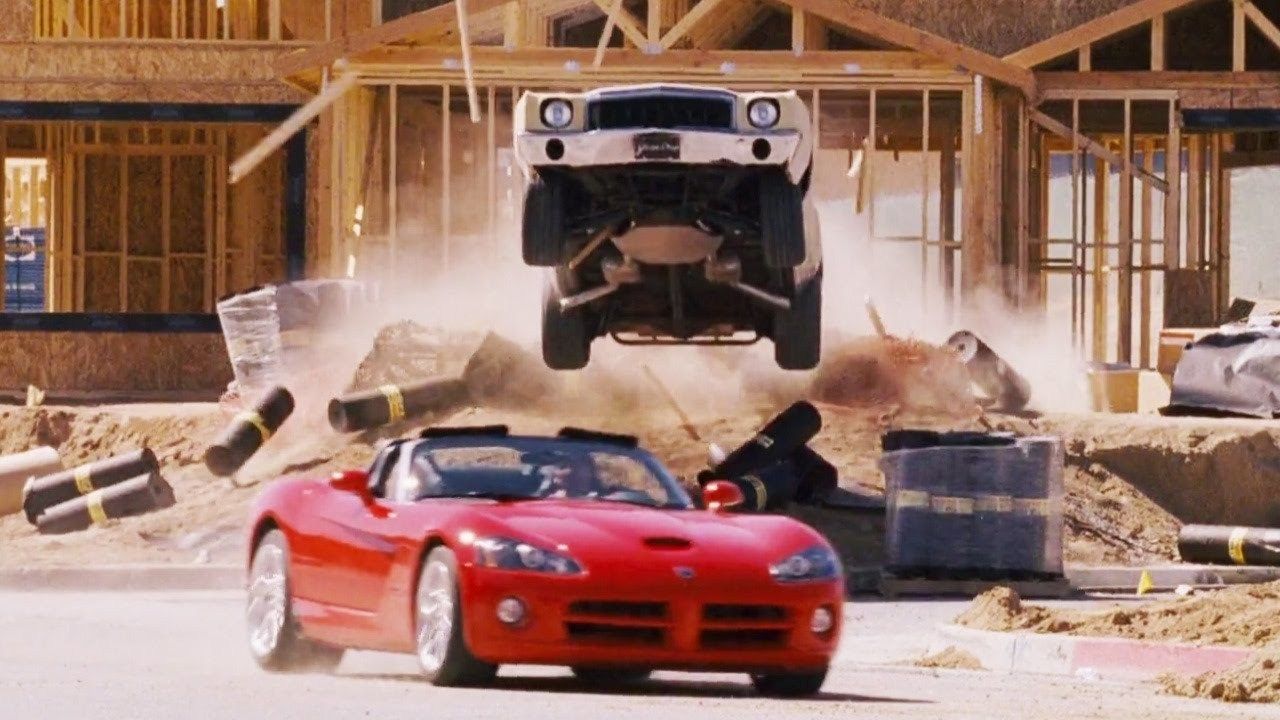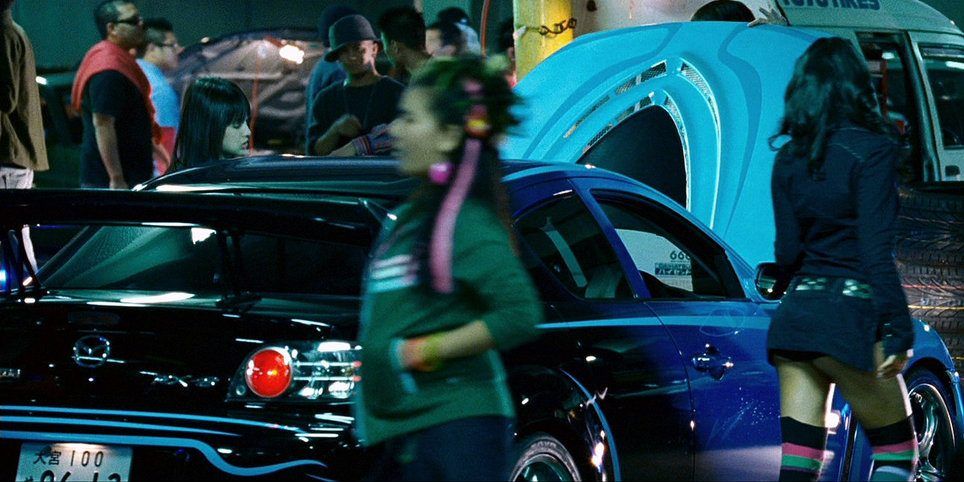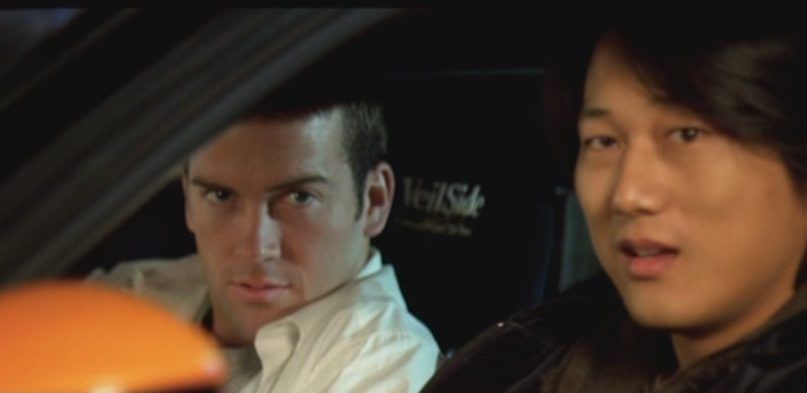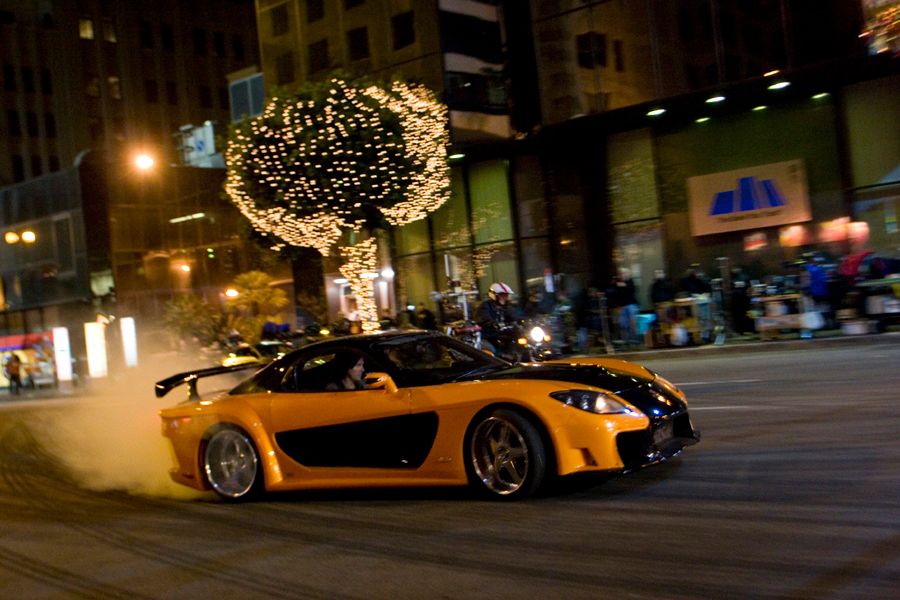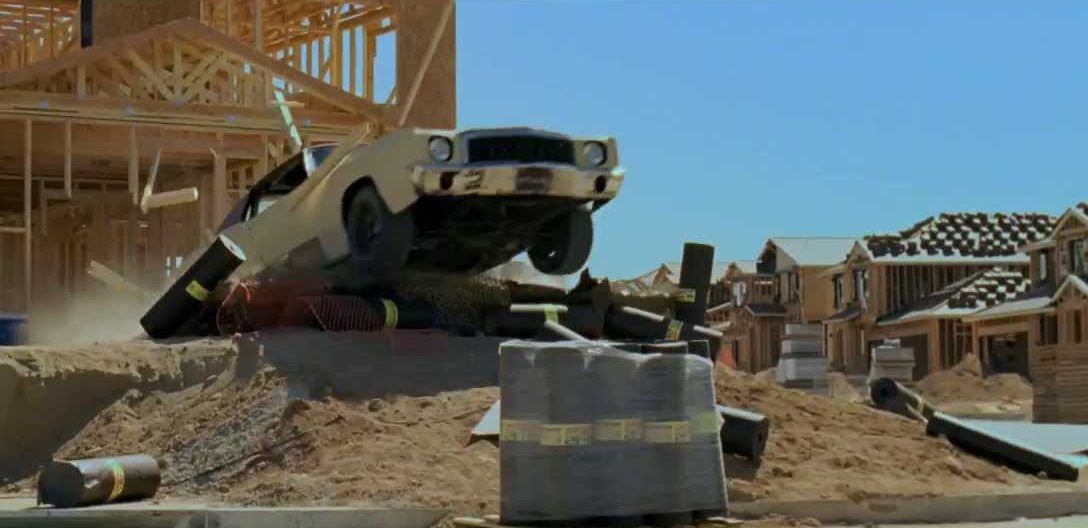The Fast & Furious series has grown from one seemingly forgettable street-racing movie into a global juggernaut. Each film has upped the ante of the previous one, boasting wild stunts and serious action. The cast has gone from unknowns to stars and even attracted Oscar winners like Charlize Theron and Helen Mirren. The movies are loved for their cars and crazy plots as well as some terrific stuff for gearheads.
However, every film series has that one entry that doesn’t match the level of the others. For the F&F franchise, that’s obviously 2006’s Tokyo Drift. It had none of the stars of the previous films (save a last-scene cameo from Vin Diesel) although it did introduce the popular Han. The plot follows Sean (Lucas Black), a teen who moves to Tokyo after getting into some trouble in California. There, he falls in with the racing culture that pushes “drifting” and ends up in a conflict with a shadowy underground racer.
The movie was a flop in the US, although it did better overseas—obviously, in Japan, it was a success. Its poor reception appeared enough to shelve the franchise until 2009’s Fast & Furious revived it. Han became more popular although this led to the wild idea of how somehow Tokyo Drift takes place after the events of Fast 6. That’s a major act of revisionist history but the fact is, there were already scores of other issues with the movie. It gets details wrong on the cars and the location, it makes some continuity errors that can be distractions, and even the actual “drifting” is totally misrepresented. Here are 19 mistakes in Fast and Furious: Tokyo Drift to showcase why it’s the worst film of an otherwise great franchise.
19 That’s Not Tokyo
Obviously, most of the movie was shot in Tokyo. It was needed because the moviemakers wanted to capture the flavor of the city and be a hit in that nation. However, due to logistics, a few of the “Tokyo” scenes were shot in California. A couple of times, if you look closely, the cars boast California markers and plates. When Sean takes a subway, it’s quite obviously the LA subway system and not Tokyo’s underground. In a garage scene, the background is clearly the support columns of the Sixth Street Bridge in Los Angeles. It happens a few more times and it does mar the realism when a “Tokyo” scene is quite clearly the City of Angels instead.
18 The Timeline
When Han showed up in Fast Five, viewers were naturally confused as to how he could be alive. After all, his car crash was a key part of the third movie. This led to the theory that the films were now ignoring Tokyo Drift. But then the ending of Fast 6 revealed that Han had been bumped off by Deckard. Which means that the other four F&F movies happened before Tokyo Drift. However, this completely alters the timeline so suddenly, a movie clearly boasting 2006 technology is set in 2013. It also means that instead of a high schooler, Sean is now a full adult. It’s a massive mess that even most F&F fans can’t fully understand and it weighs this movie down.
17 Drifting Doesn’t Work
This is really the most annoying part of the film. The entire plot revolves around the idea that “drifting” is an awesome move that enhances a car’s speed and adds tension to the races. The reality is that drifting doesn’t do much when racing on a track. It actually slows a car down and does little to control cornering. In fact, it’s pretty easy to go out of control in a drift. It’s great for rallying, and fun for stunt stuff and showing off a cool ride. But contrary to what this movie says, drifting is not a move a serious racer should be trying out.
16 Wrong Rank
The F&F producers may be experts at car knowledge (maybe). However, they needed someone to give them lessons on military rankings. Sean’s father, Boswell, is a Navy officer who often threatens his son with military school. He is called “Major” by everyone. The problem is that the Navy doesn’t have the rank of Major in its fleet. The equivalent would be Lieutenant Commander yet he’s still called “Major.” When in uniform, he has the two full bars of a full lieutenant but they’re in the wrong order and he lacks the gold oak leaf cluster worn by anyone of that rank. All it would take is a minute of checking or switching the character to a Marine as “Navy Major” doesn’t exist anywhere in the U.S. military.
15 Vin’s Cameo
Having Vin Diesel show up in a cameo was a nice surprise for the film. Having famously turned down the first sequel, 2 Fast 2 Furious, Diesel popping up as Dom for a race was a fun sight in 2006. However, the events of Furious 7 have made the cameo more confusing. In Tokyo Drift, Dom is there for a race and tells Sean, “I’ve got all the time in the world.” But Furious 7 now has Dom in Tokyo to tie up loose ends of Han’s fate and basically on a clock hunting Deckard. It also has Sean going from the newbie kid to the highly respected racer of the circuit. It shows once more how the timeline of the movies is baffling and Vin’s appearance only makes it worse.
14 No Traffic in Tokyo
One of the bigger annoyances of the F&F movies is how easily the characters find so many wide open spaces to use for racing. It’s one thing to find such streets in New York or London or Miami. But Tokyo is something else. This is one of the most famously congested cities on the planet where traffic is a constant. Due to its tight squeezing, the roads are always crowded and parking can be a nightmare. Yet somehow, the crew is able to find nearly totally empty roads at night in the middle of the city to use for their races. And that's not to mention that there’s no police presence whatsoever. Anyone who’s driven in Tokyo has to laugh at the idea of it being so quiet.
13 Moving To Escape Charges
The entire plot of the film revolves around Sean getting into serious trouble with his racing joyrides. It’s mentioned he has a long record thanks to street racing and that his only choice is juvenile detention or moving to Japan with his father. California may be weird with some laws but there’s simply no way they would let someone with a known police record simply go after causing destruction at a work site—not to mention, they’d never let him leave the country itself. Sean would be facing some serious time in juvie and forget about getting a license for years. Obviously, this had to be done to push the plot but fleeing the country to avoid apprehension isn’t a realistic move.
12 Outside Metal Detectors
This is a bit of a minor quibble but still has to be an annoyance. The very first scene of the movie has Sean attending high school (while of course looking so much older) and the students are being walked through metal detectors. That’s not odd and it’s a common sight in inner city schools, especially in California. The confusing part is that the detectors are outdoors. That’s fine for a sports stadium but not for a high school. Parent groups would be upset about kids not even being allowed inside the building before being checked out. There’s also the tiny fact that having detectors outside means they can easily be messed with by weather or kids breaking them.
11 Constantly Shifting Engine
There’s a movie industry trope that says “reality is unrealistic.” This pertains to how people are so used to things from the movies that they can’t accept the reality is different. Many a car buff can attest to how engines almost never sound the way they do in movies, especially the F&F ones. Tokyo Drift is a great example. In the scene where Han and Sean talk in the RX-7, the engine tone shifts about seven times. Note that Sean isn’t doing any major shifting and the car doesn't have that many gears, anways. It’s a common mistake as the movie helps spread the idea that a racing car’s engine has a roar that just doesn’t exist in real life.
10 The Technology
During the final race, a pack of teenagers are seen recording video on their phones. That’s a sight all too common today and would make sense. However, it doesn’t make sense given the technology of the time. In 2006, streaming video was nowhere near today’s standards. Videos would skip and take an hour to properly load and buffer and online streaming had just barely been born. This becomes even more muddled as the movie is later revised so that the events took place after the previous F&F films—which would then mean people in 2013 Tokyo are using flip phones and other backward technology. Still, kids in 2006 streaming online videos is a real stretch.
9 No Pedestrians Hurt
No city on Earth has more pedestrian foot traffic than Tokyo. The Shibuya crossing sees more people walking in a day than New York does in a week. It’s impossible to go anywhere in the city’s downtown district without a huge amount of pedestrians—which makes it crazy that, somehow, these racing cars fail to hit a single person. In one scene, Sean is barreling down at a busy intersection with at least a couple of hundred people crossing. He honks as they scatter but the timing is just impossible for that many people to get out of the way. It’s outright laughable that one of the most famously congested cities on Earth sees no injuries from these cars racing around.
8 The Cars Have No Damage
One of the biggest nitpicks fans have with the F&F series is how the cars appear to be indestructible. No matter what they go through—from flying off cliffs to crashing through barricades—the cars still look great. That continues in Tokyo Drift as the opening race has Sean and a rival driving their cars through a construction site. Sean actually rams his car through a half-built house, crashing the supports and flying off a ramp. Yet the car looks like all it needs is a car wash to be good as new. The trend continues in Tokyo, with several cars withstanding hits that should leave them totaled. Aside from Han’s famous crash, almost no car in the film suffers the damage it should in real life.
7 The Visible Dummy
One of the benefits of CGI in post-production has been to erase some of the usual problems of action scenes. Today, it’s used constantly to take out things like wires, the wrong backgrounds, and more. In 2006, however, it wasn’t nearly as commonplace and thus, a lot of big mistakes were made. Among them is the opening car chase when Sean races a rival who has his girlfriend in the passenger seat with them. It’s a wild race that includes both cars going over mini-ramps for hard landings. Look closely and it’s obvious when one lands that it’s a crash dummy instead of the actual girl in a seat. It’s a downright laughable goof that ruins the impact of the scene.
6 Teens In Japan Don’t Own Cars
A major mistake by the moviemakers was assuming teen cultures are the same around the world. In the United States, it’s all too common to find packs of teenage car owners who would engage in these huge car races and rallies. But in Japan, that doesn’t happen. While there are many different car subcultures in Japan, it's almost unbelievable that the driving age for Japan is 18, with most people even waiting until their 20s to actually get a car. Even then, most need an adult signature for a car and insurance. In other words, there’s no way hundreds of teens could gather with cars without their parents knowing about it. While motorcycle crews can use illegal licenses, it’s harder to find a legitimate teen in Japan that has their own racing car.
5 Letting Sean Use Han’s Car
Even at the time, this was a confusing plot point and just made worse by events since. Sean is a total newcomer to Japan with no reputation at all. He also makes it abundantly clear that he has no idea whatsoever what drifting even is. Yet Han decides to give this stranger his fancy car to use in a race without a second thought. He then takes Sean under his wing to teach him drifting when there’s really nothing in it for him. The later movies make the move more confusing given Han’s past and attitude and how he keeps people at arm’s length. Truly, it just advances the plot for Han to let Sean just use his ride like this.
4 Nitrous Changing Sound
The F&F movies really have helped push the myth that overdrive equals light speed. Nitrous fuel can be a benefit but it’s not rocket fuel by any means. There’s also how overdrive actually slows a car down instead of making it a super-fast racing machine. Scores of the turbocharged cars fail to make the sort of engine sounds that such a car normally would. That is, until they “engage the nitrous” and suddenly start roaring like a beast. In one case, the meter shows the revs rising but it sounds like they’re maxing out. As with many of the F&F movies, Tokyo doesn’t make the engines sound the way they should.
3 The Camera Catching The Race
In 2006, video phones were starting to catch on but most folks still used hand-held cameras. It makes sense that they’d be following the races to record them well. What doesn’t make sense is how much of the races they’re able to catch. Somehow, despite the high speeds of the cars, a pack of kids in a pickup truck are able to catch up and film every aspect of the race. Worse is when the police show the video and it’s literally the same footage of the film. There’s no way the chasing cars were close enough to catch that action. The same thing happens in the final race when the cameras constantly film things they shouldn’t be able to, which makes it look less real.
2 The Leads In Races Keep Switching
This happens in a few of the Fast movies and Tokyo Drift is no exception. It occurs in both the first race and then the big one. Throughout the race, the cameras will show how Sean is constantly behind or in the lead but within seconds, he seems to have switched places with his opponent. There’s no reason for it because they’re going the same speeds and there’s nothing blocking his path. You can blame some of the confusion on poor editing but other times, it’s just obvious how Sean can go from majorly in the lead to desperately catching up in just seconds. It hurts what little realism there is when the races can’t be kept straight.
1 Empty Job Site
The F&F movies are infamous for how the characters are able to find surprisingly quiet places to race. However, the opening race of Tokyo Drift going into a nearly empty construction site in the middle of the day is something else. It’s clearly the middle of a weekday which should mean a big crew working on a housing project. Those are always pretty busy in California so there should be scores of workers around. Instead, Sean and his rival are able to drive right through the gates and all around the place, wrecking a few house frames, and no one is around to stop them. It’s really baffling how this site seems to exist for nothing but a cool racing spot.
Sources: Reddit, IMDb, and Wikipedia.

